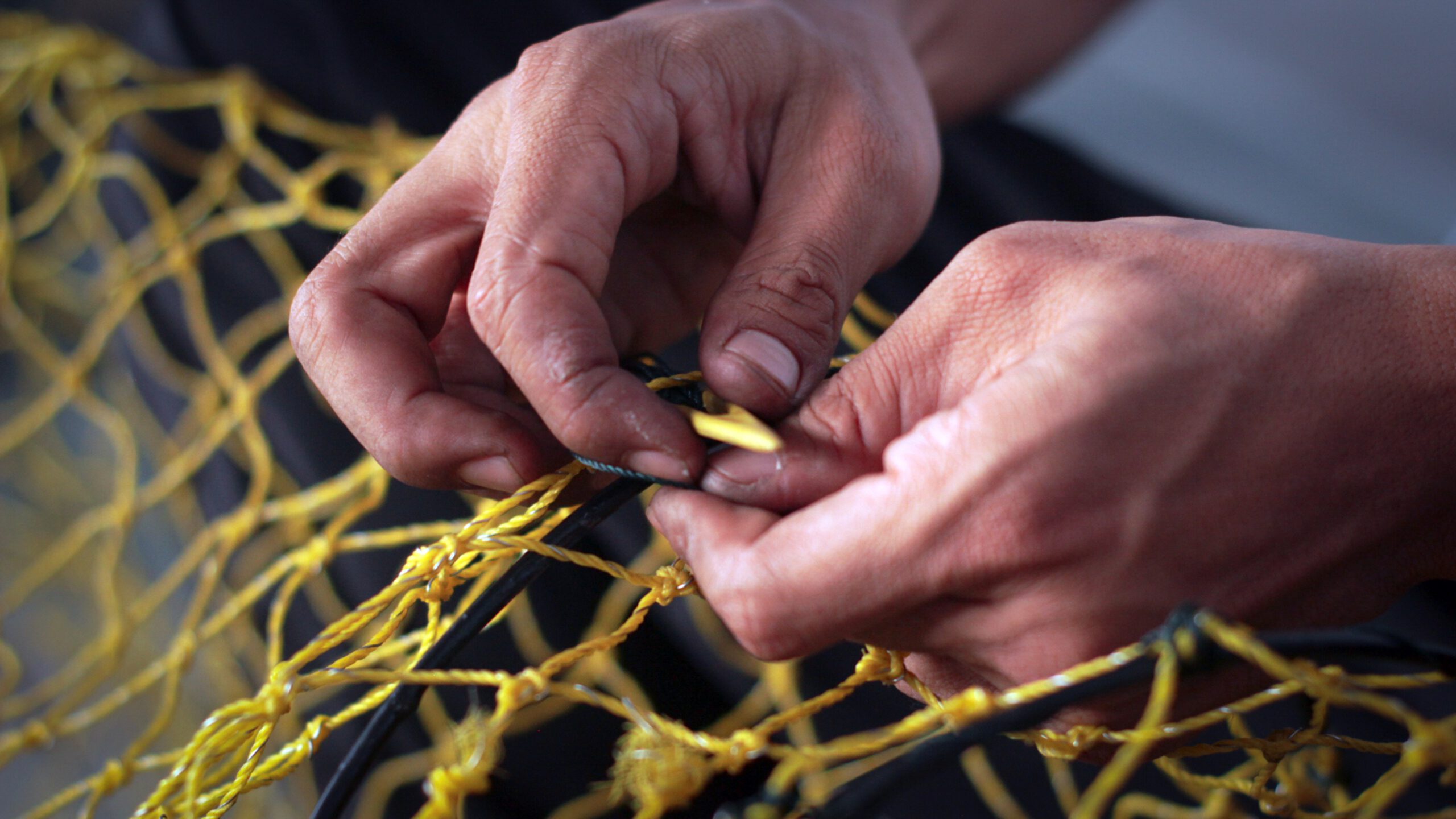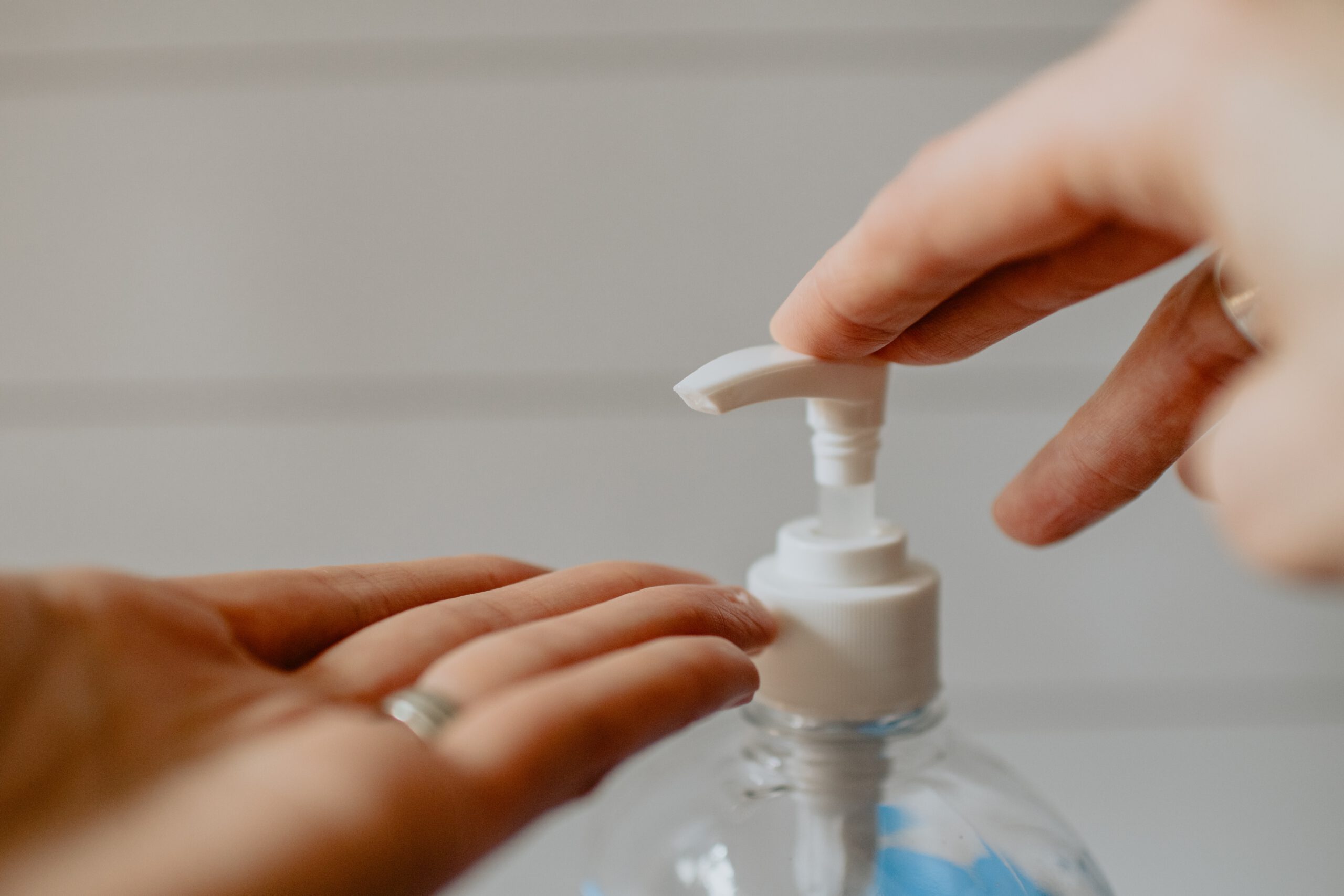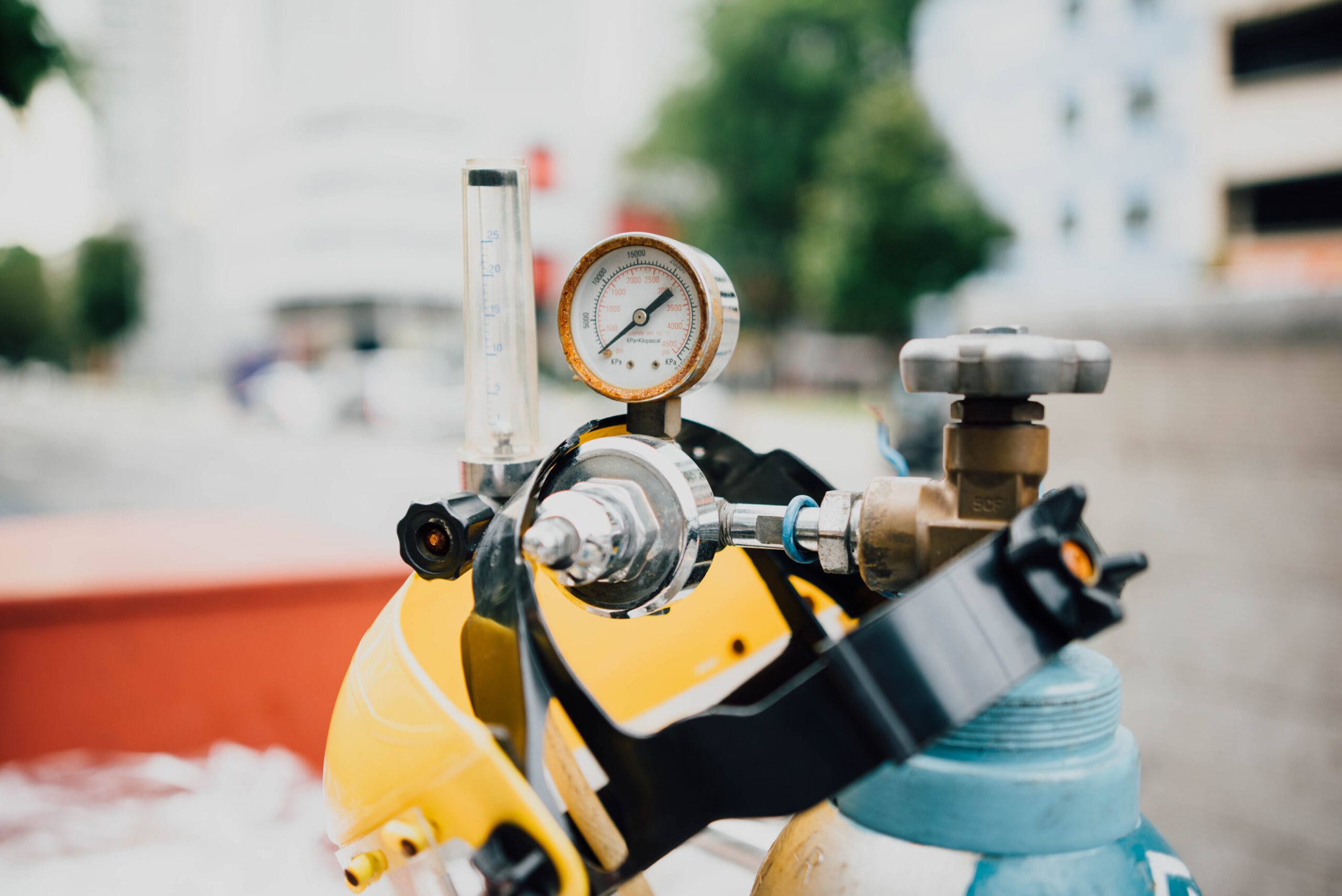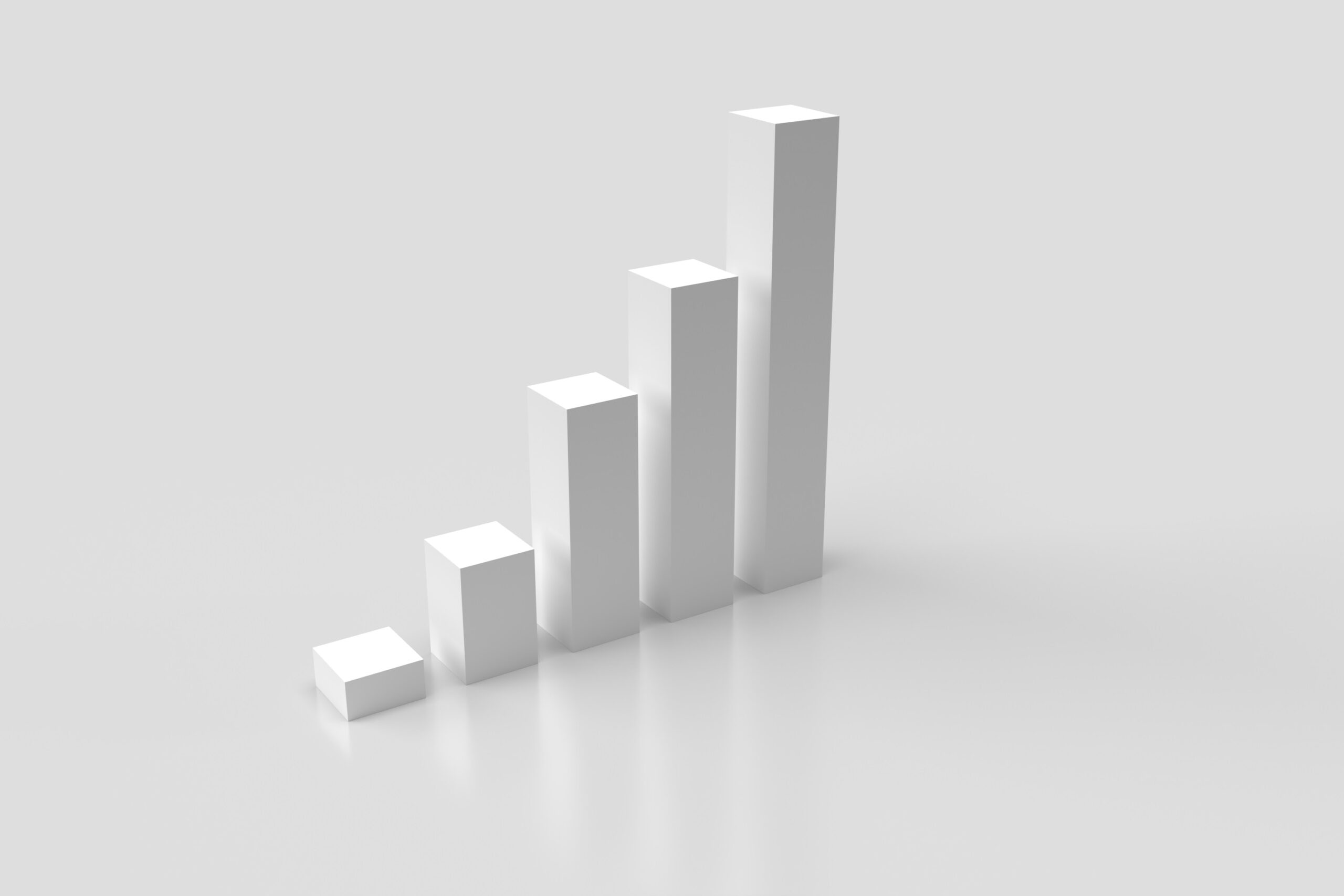Address
Vision Green Solutions GmbH
Am Mittleren Moos 48
86167 Augsburg
Business hours
Mo - Fr: 07 - 19 Uhr

Sustainability is a trending word, however more often than not it is used incorrectly. It is often used as a synonym for environmentally friendly or green. But to be fair, sustainability is not easily defined.
The discourse about sustainability started in 1998 on the basis of the 3 pillar concept. The 3 pillars are as follows and they are all interrelated and hold up the term sustainability.
Ecology
Social
Economy
This concept is now outdated. It shows three equal pillars, which suggests that the structure can still stand without one of the pillars. It suggests for example that destroying ecosystems while simultaneously creating humane and economic capital is acceptable.
Even though the priorisation of the 3 main values is debatable, it is important to know that sustainability is not only “green”. The united nations have reached a consensus about the term, by defining 17 Goals of sustainable development (SDG). These 17 goals provide orientation and a structure to establish what can be seen as supporting actions for sustainable development. Many of these goals are based on a fairer distribution and consumption of resources. The 17 goals of sustainable development are as follows:
If you want to find out more about the UN goals of sustainable development, you can use their website:
This paragraph is for everyone that is new here and is thinking to themselves, what exactly is proton-IQ®. If you already know, feel free to skip this paragraph. proton-IQ® is a disinfectant which is produced in-situ by our production plant series proton-IQ® SECURO. That means that the disinfectant is produced on site and goes from production directly into use. proton-IQ® is an aqueous solution with an active substance called Hypochlorous Acid. This active ingredient is very effective against all viruses and bacteria. If you want to find out more about what proton-IQ® can do, you can read it here .
Vision Green Solutions does not just want to chase the trend of sustainability and promote sustainability on just the basis of innovation and environmental friendliness. Of course the SDG 8 “Clean Water and Sanitation” is most important to us. But we want to show you more reasons why proton-IQ® is sustainable and how we can contribute to the different SDGs.

Innovative solutions to connect processes in water treatment.
Finding innovative solutions to connect different processes in water treatment. It is at the core of our aspiration to find new innovations that create equal opportunities and/or save resources to fight the climate crisis. The UN sees the (further) development of technologies and infrastructures is key for the sustainable strategy, which is SDG 9 with the title “industry, innovation and infrastructure”. The technology expansion and replacement especially in developing countries. Our production plant is based on a technology, that isn’t new but it’s potential has been overlooked for a long time. The electrolysis of disinfectants has undergone an innovation recently, making it more effective.
But we were not satisfied with this innovation. We wanted to create a connected process, which would make it possible to monitor and control from everywhere. This network connection via a cloud based program we made it possible that the process can be monitored and alarms can be set. The hygiene process is up and running, but if you’re wondering you can check up on it even from the other side of the world.
There’s more, we could talk about the innovation that a biocidal product like proton-IQ® can be non-hazardous, will not cause environmental damage, that it is only produced from salt and water and more. But all these facts deserve their own elaboration.

High efficacy and quick neutralisation of the disinfectant bear no danger to the environment.
A common problem with disinfectants is the assurance that the use of it will not cause any damage to the environment. Many other products will pose threats to for example life under water. The bottles will show warnings or read “may not enter the sewage system”. These precautions are necessary because the product may result in adverse effects on the ecosystem. proton-IQ® on the other hand is safe, for 2 reasons:
In adherence to the SDGs 14 and 15, “Life under water” and “Life on Land” proton-IQ® doesn’t endanger either. The use of it can, in contrast to other disinfectants or not having any hygiene strategy, can protect life (read more about this in Wastewater Treatment equals environmental protection).

Safe handling without protective clothing or risks ensures occupational safety.
Industrial processes are often strictly regulated and safety instructions and risk management take up a lot of time. This is surprisingly very different with the use of proton-IQ®. There are no safety measures to be comply with. It is also safe to use for applications on the skin, therefore not even gloves are needed.
It is a concern to us that working with our product is simple, safe and effective. The orientation for this concern was SDG 8 “Decent Work and Economic Growth”. Our production plant proton-IQ® SECURO produces the disinfectant automatically, which in turn can be dosed automatically into the process. The only step that needs personal labor is the periodic placement of salt into the sole tank.
How important the benefit of handling safety is, is very apparent in comparison to the use of chlorine gas as a disinfectant. If chlorine gas is used for example in public swimming pools a multitude of safety measures need to be administered. The gas bottles can only be handled with highest personal safety equipment and a secured environment. Although all these safety measures are in place, accidents can happen:

21 children and 3 adults injured!
...the large number of injured more ambulances and emergency doctors were called to the "mass casualty of injured 10". All 21 children were transported to surrounding children's hospitals. All children were treated for minor to middling respiratory tract irritations. ...

We are serious about the power of water and salt.
The next important point we want to make is that not only our product is safe to handle, but also our precursors. All that is needed to produce proton-IQ® is salt and water. Non of which is dangerous or uncommon. Naturally one of our production plants is also needed. One of the precursors is usually already on site, water. To obtain the other precursor, salt, all that needs to be done is to order and store it, which is easy and safe. It is the only substance that needs to be obtained externally.
Even if there is no direct connection to the SDGs can be made, it is still important to mediate all possible risks. Just to make an example, during transportation of chemical precursors an accident could happen and the chemicals could leak into the environment. If this would happen with salt, the dangers are very low. Furthermore while extracting salt no catastrophic environmental damages accepted. The production of our disinfectant is therefore still sustainable in our sense of the term.

Safe, the only solution and no risk of resistance.
Resistant germs pose a global health risk. Because it is a risk to us all, it is also on us all to not contribute any further to this issue. Disinfectants therefore cannot contribute to germs building resistances. In the sense of the SDG 3 "Good Health and Well-Being" we are aware of our responsibility, that come with the use and advocation of a biocidal product.
proton-IQ® is not specific in its mode of operation. This means that all microorganisms are equally randomly but effectively eliminated without the risk of resistance. There is no specific point of entry into the microorganism, which is why bacteria and viruses cannot mutate to resist. Just for your information: proton-IQ® is also effective against Corona-Viruses. Because it is not specific against one group of pathogens, but it is also effective against bacteria, viruses and fungi, it is the only substance needed. There is no use for another disinfectant for another group of pathogens.

Produce on site, on demand and in the customers own time.
Produce just as much as is needed, that sounds like something we should all live by. To us this not only a New Year's resolution but it is possible and within reach. We scale our production plant for the demand of our customers. And it still stays within the customers control to compensate hourly or daily fluctuations in demand through the production performance. The responsible approach to resources and maybe most importantly energy is easy with proton-IQ®, in compliance with the SDG 12 "Responsible consumption and production".
The demand based production prevents that too much proton-IQ® is produced which cannot be used up within an appropriate amount of time. It prevents that it needs to be stored and therefore not only resources are spared but also storage capacity and energy.

Produce on site, on demand and in the customers own time.
On to the last point for now, why proton-IQ® is sustainable, which is the production site. The production site is not in a remote location with some chemical producer, it is not delivered in one use drums with a large truck. It is produced at the customers site of use. The implementation on site is done by us and is a full service deal. This saves a lot of CO2emission by delivery, the waste of potential one use containers and the worry about the delivery time.
The production on site connects our intent to design the hygiene process as a service and fight the climate crisis. The SDG 13 "Climate Action" is not only found in our 7th reason but plays an important role in all our reasons and decisions. It is just as much climate action to protect life under water and on land, to use low concentrations and not to waste energy.
A few points that did not make it into the list of 7 reasons, but we don't want to forget them.
Bildquellen: Header: Photo by Tim Stief on Unsplash, SDG Poster: , Hygiene 4.0: Photo by dananjaya nugraha on Unsplash, Keine Gefahr für die Umwelt: Photo by H Lee on Unsplash, Kein Gefahrstoff: Photo by Kelly Sikkema on Unsplash, Chlorgasunfall: Photo by CHUTTERSNAP on Unsplash; Natürliche Rohstoffe: Foto von Justin Kauffman on Unsplash, Effektivität gegen Pathogene: Photo by CDC on Unsplash, Bedarfsbedinge Produktion: Photo by Алекс Арцибашев on Unsplash, Produktion vor Ort: Photo by GeoJango Maps on Unsplash, Kontakt: Image by mindandi on Freepik